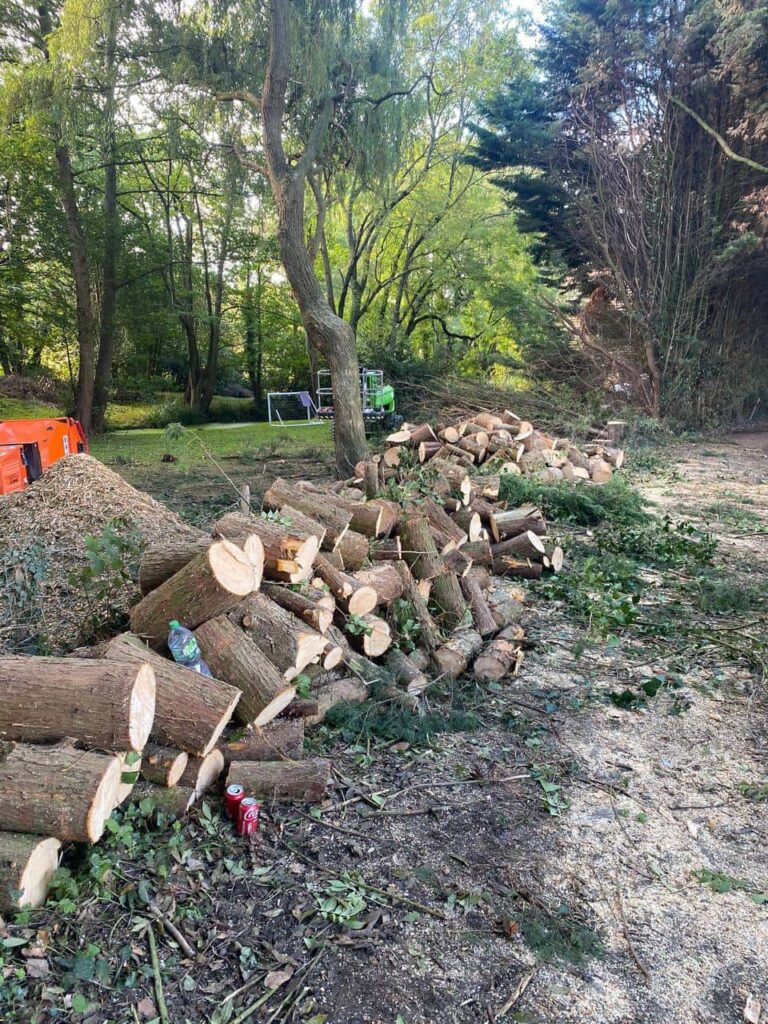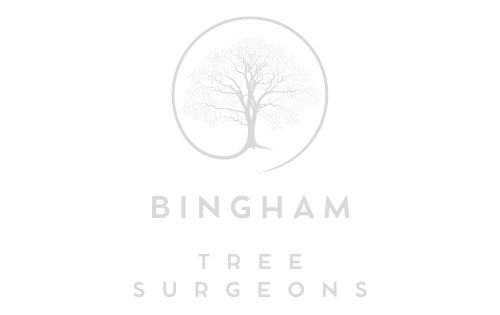Tree Trimming to Protect Your Fence Line: What You Should Know
A healthy tree adds beauty and value to your property, but without proper maintenance, it can also pose challenges—particularly when it comes to your fencing. Overhanging branches, spreading roots, and unmanaged growth can all compromise the strength and appearance of your fence. At Bingham Tree Surgeons, we help homeowners in Bingham, Nottingham, manage their trees with expert trimming to protect fences and outdoor spaces from unnecessary damage.
Why Fence Lines Are Vulnerable to Tree Growth
Fences are often built close to property boundaries where trees and shrubs are also planted. While this creates natural privacy, it can lead to problems when growth is left unchecked:
- Branches pushing against panels – can loosen fixtures and warp timber.
- Roots disturbing the ground – may shift fence posts or foundations over time.
- Shade and moisture build-up – can accelerate rot in wooden fencing.
- Storm hazards – heavy branches near fences are more likely to break and cause structural damage.
Understanding these risks is the first step in preventing costly repairs.
The Role of Tree Trimming in Fence Protection
Tree trimming is one of the most effective ways to prevent these problems while keeping your garden looking neat. At Bingham Tree Surgeons, our trimming services focus on:
- Reducing overhanging branches – ensuring they do not rest on or rub against fencing.
- Shaping growth – keeping hedges and trees aligned with fence boundaries.
- Maintaining clearance – creating space between foliage and fences for air circulation.
- Encouraging healthier growth – trimming helps prevent weak branches that may fall unexpectedly.
Benefits of Professional Tree Trimming for Fences
While light pruning can sometimes be done by homeowners, professional tree surgery offers longer-term protection and cleaner results:
- Precision cutting to maintain tree health while controlling spread.
- Specialist equipment to handle tall or awkwardly positioned trees near fences.
- Preventative care that reduces the chance of sudden breakages during storms.
- Balanced aesthetics so both your trees and fences complement your garden’s design.
When Should You Trim Trees Near a Fence?
Timing is important when trimming trees to protect your fence line.
- Late winter to early spring is often ideal for many species, as trees are dormant and easier to shape.
- Summer trims may be needed for fast-growing hedges or species prone to vigorous regrowth.
- After storms or high winds, trimming damaged or weakened branches prevents them from causing further fence damage.
Bingham Tree Surgeons assess each tree individually, tailoring trimming schedules to both species and environment.
Additional Tips to Protect Your Fence from Trees
Alongside trimming, homeowners can take a few extra steps to safeguard their fences:
- Plant new trees a reasonable distance away from boundaries.
- Regularly inspect fences for early signs of pressure or damage.
- Keep ivy and climbing plants under control, as they can strain fence panels.
Conclusion
Trees and fences can coexist beautifully with the right care and attention. However, without trimming, your trees may eventually compromise the strength and appearance of your fencing. By working with Bingham Tree Surgeons, homeowners in Bingham, Nottingham, can enjoy healthy, well-maintained trees while keeping their fences strong, stable, and attractive. Professional trimming not only protects your investment but also enhances the overall look and safety of your garden.
Call us on: 0115 647 1176
Click here to find out more about Bingham Tree Surgeons
Click here to complete our contact form and see how we can help with your tree needs.

